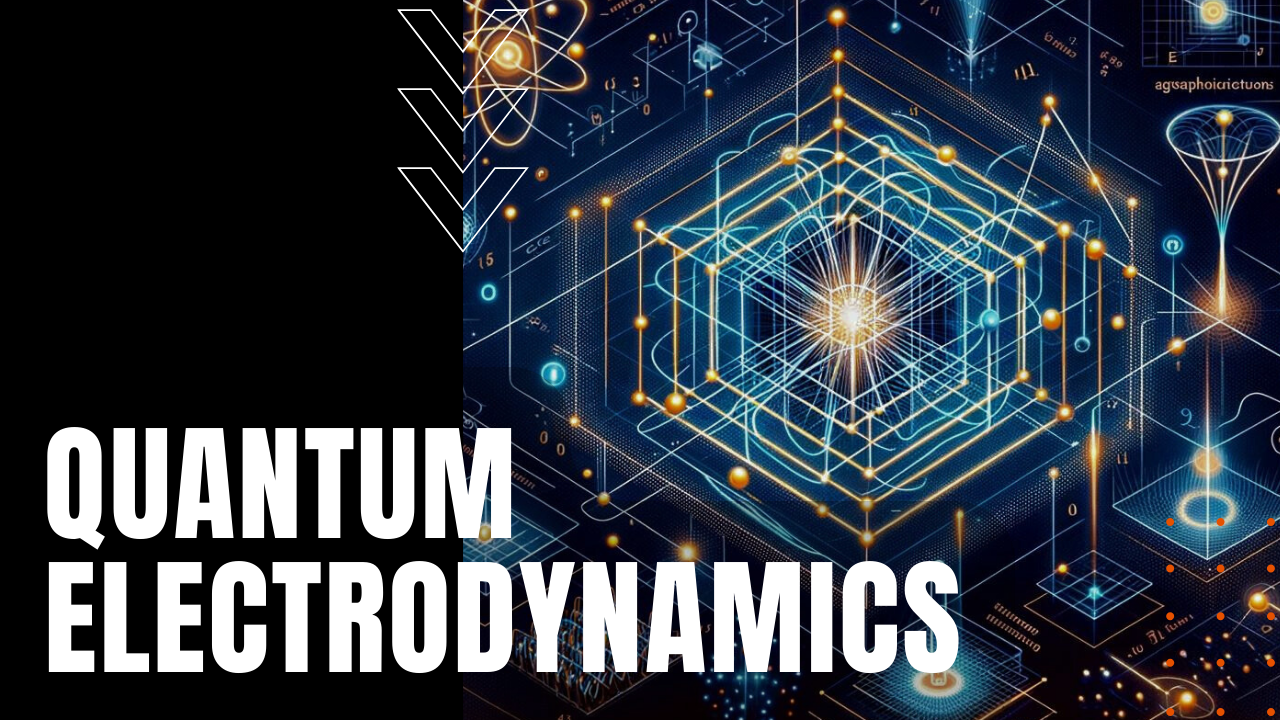The interrelation between electrodynamics and quantum theory has long intrigued scholars and students alike. Delving into the expositions surrounding these fundamental physical realms raises an essential question for prospective physicists: should electrodynamics be studied prior to tackling quantum mechanics? This inquiry opens a rich dialogue filled with intricate layers of theoretical underpinnings and educational implications.
In the annals of physics, electrodynamics stands as a pillar of classical mechanics; it elucidates phenomena related to electric and magnetic fields and their interactions. This framework, predominantly instituted by luminaries such as Maxwell, provides a comprehensive understanding of classical electromagnetic theory. Conversely, quantum mechanics has revolutionized our grasp of atomic and subatomic realms, introducing counterintuitive principles that challenge classical assumptions. It is paramount to decipher whether a solid foundation in electrodynamics enriches the conceptual canvas of quantum mechanics or if the latter can stand independently.
The practicalities of studying electrodynamics prior to quantum theory primarily hinge on pedagogical advantages. An initial immersion in electrodynamics allows learners to cultivate a robust intuition about fields, forces, and the propagation of electromagnetic radiation. Understanding how electric charges interact through fields and how these fields propagate waves lays the groundwork for grasping the more abstract postulates of quantum mechanics. The concept of wave-particle duality, for instance, emerges more palpably from a firm comprehension of wave phenomena encountered in classical electrodynamics.
Moreover, electrodynamics introduces pivotal mathematical constructs, such as vector calculus and differential equations, which are instrumental in both disciplines. An adeptness in these mathematical frameworks not only enhances problem-solving skills but also fosters ease in transitioning to quantum theory’s wave functions and operators. As students skillfully navigate Maxwell’s equations, they inadvertently familiarize themselves with tensor calculus, a mathematical apparatus that frequently surfaces in quantum mechanics.
Additionally, the study of electrodynamics presents frameworks for understanding conservation laws, gauge symmetries, and the principles of relativity. These concepts are tacitly integrated into quantum field theory, where electromagnetic interactions are quintessential. A grounding in classical electrodynamics provides an intellectual scaffolding that can facilitate a smoother ascent into the more esoteric domains of quantum theory. For those embarking on a career in theoretical physics or high-energy particle physics, this foundation becomes crucial.
However, the necessity of studying electrodynamics before quantum mechanics is not universally endorsed. An increasing contingent of academia advocates for a dual-track approach, wherein foundational quantum principles are introduced alongside classical concepts. This paradigm shift acknowledges the inherent limitations of classical models in explaining quantum phenomena, thereby propelling students directly into the counterintuitive world of quantum mechanics. It champions a context where learners navigate the complexities of superposition, entanglement, and uncertainty without the potentially confining precepts set forth by classical physics.
Such an approach invites a re-conceptualization of pedagogical structures, urging educators to embrace the ambiguities and peculiarities of quantum theory early in the pedagogical experience. Quantum mechanics captivates curiosity; it invokes wonder, prompting students to confront and grapple with deeply non-intuitive constructs. This notion can stimulate a heightened engagement, an enhanced curiosity that encourages exploration into the fundamental questions of reality and existence.
The notion of challenging traditional pedagogical pathways aligns with burgeoning fields such as quantum computing and quantum information science, where practitioners are often required to operate outside the strict confines of classical electromagnetism. In these domains, a foundation in quantum principles may supersede the necessity for classical groundwork, thereby reinforcing the argument that conventional paths of study should be revisited and possibly restructured.
Despite the allure of a direct expedition into quantum theory, the integrative approach, wherein both electrodynamics and quantum theory are taught concurrently, offers a synergistic understanding. This can provide students with concrete examples of how classical electrodynamics sheds light on quantum interactions, particularly in the realm of quantum electrodynamics (QED). The correspondence principle, positing that quantum mechanics converges to classical mechanics in asymmetric limits, emphasizes the continuity between the two domains.
In conclusion, the question “Should I study electrodynamics before quantum theory?” does not yield a definitive answer but instead invites a deeper examination of epistemological frameworks. The study of electrodynamics is undeniably advantageous, enhancing mathematical skillsets and fostering holistic comprehension of physical laws. Yet, simultaneous exposure to quantum theory may elevate curiosity and invoke a desire for deeper inquiry into the nature of reality itself. Decision-makers—students, educators, and the broader academic community—must navigate these intricate paradigms with an informed awareness, championing methodologies that align with their educational goals while remaining open to the inexorable interplay between classical and quantum realms. This dance of ideas between the two disciplines poses an enriching challenge that not only illuminates physics but also reminds us of the profound mysteries woven into the fabric of the universe.












